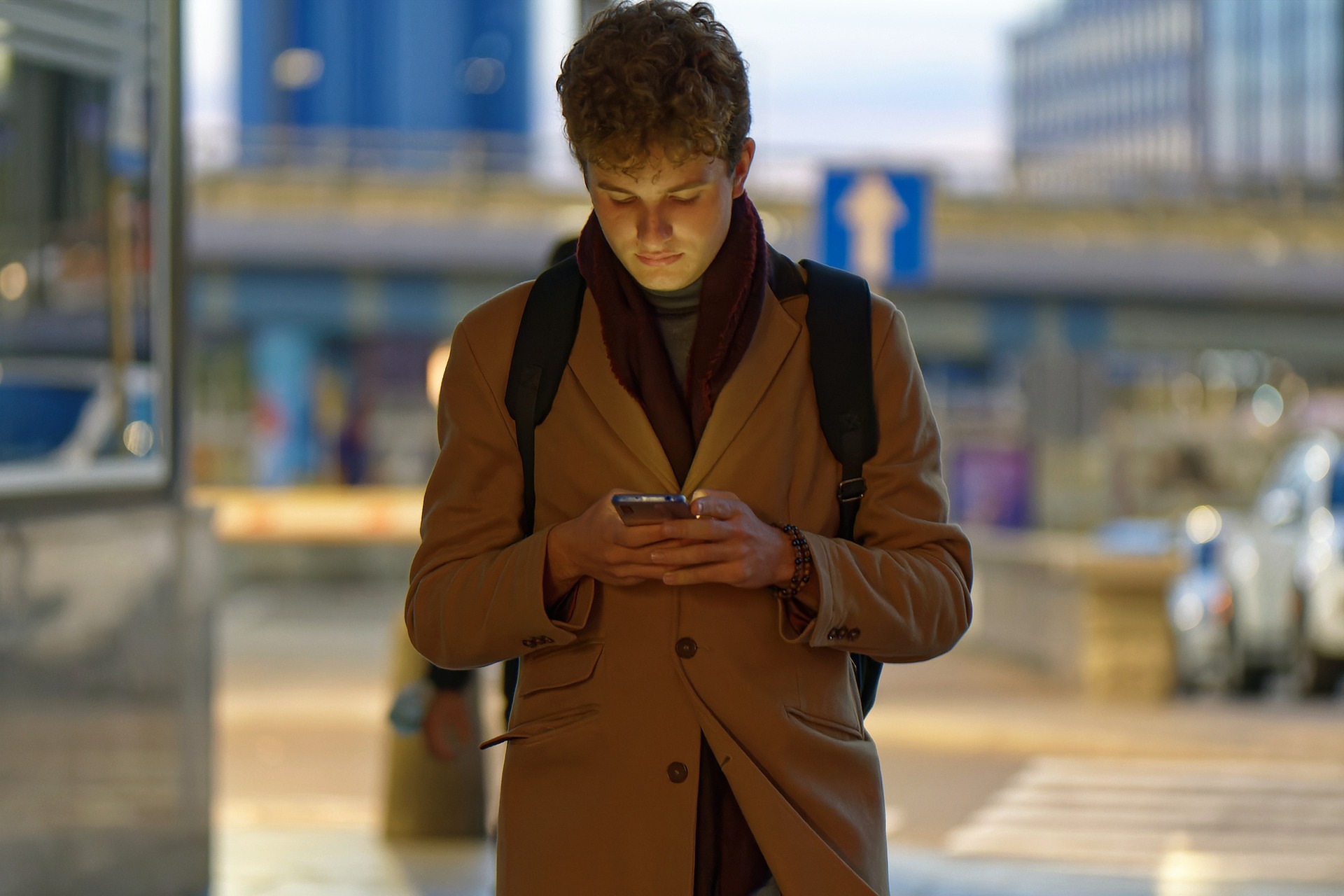Facial liveness assessment technology perfectly complements the facial recognition mechanism by assessing whether a biometric sample comes from a living person present at the time of authorization.
In the case of identity documents (ID cards, passports, driving licenses), the viability verification is checking and confirming the authenticity of the document presented in front of the camera or detecting its digital fakes. Distinguishing a real document from a digital image is possible thanks to the use of unique document analysis technology.
Identity verification by facial and document liveness is completely remote. It starts by verifying the authenticity of the user’s ID document, then the user takes a selfie during which they conduct a liveness test. The face scan is compared with the ID photo. In this way, we receive information whether the person in front of the smartphone or computer screen is who they say they are.
The currently developed systems for detecting facial liveness are more and more technologically advanced, they use deep learning algorithms, which makes their use more secure – most of them can detect a face mask, recognize an avatar or catch third parties that appear within the range of the camera in during verification, thus preventing fraud.
IDR&D solutions are an example of such advanced products. These are best-in-class solutions based on artificial intelligence. They are easy to use. Facial liveness detection takes just a second, while the whole process can take from a few to several seconds. An advantage is a fact that these solutions can be easily integrated with mobile, Internet, communication and telephone channels.
Thanks to establishing partnership cooperation with IDR&D, about which we informed you at the end of last year – here is the link – these solutions are now available on our market. These technologies can be easily integrated with the voice biometrics we offer, enabling the implementation of a very strong, two-step biometric authentication process.
Therefore, looking globally at the development of biometric technologies, facial and document liveness detection seems to be a natural step used in authentication processes. This is another, apart from voice, modern form of authorization, which convinces us because of its ease of use and high level of security.
Udostępnij artykuł


